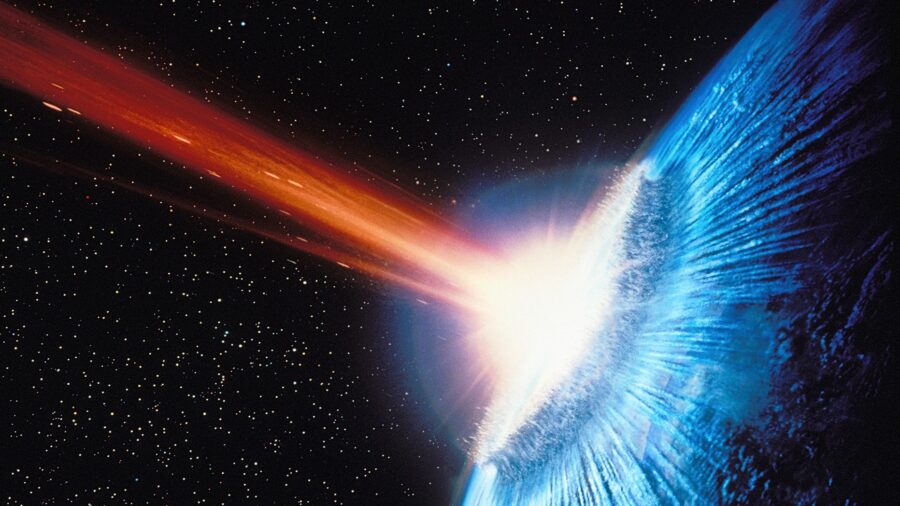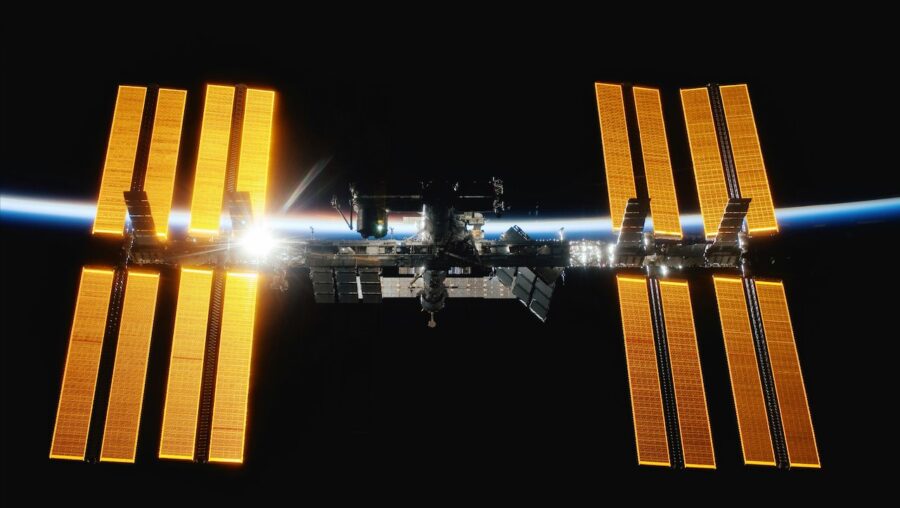Watch A Meteor Explode Over Earth In Stunning Video From Space

NASA Astronaut Matthew Dominick, commander of the ongoing SpaceX Crew-8 mission, accidentally captured footage of a meteor exploding into a bright green fireball. The video was taken from the International Space Station during an attempt to document a time-lapse of the Milky Way’s core. It didn’t take long for his mistake to go viral.
Matthew Dominick, who has been in space since early March, posted the footage of the meteor on September 3 on the social media site, X. In the upper right-hand corner, at the 10-second mark, you can see the object burst into flames, emitting a bright bluish-green light against Earth’s horizon. The footage was slowed down to one frame per second, allowing viewers of the video to focus on an event that, in reality, would last almost as long as a blink of an eye.
Your average everyday meteor could not produce such a visually stunning display, so let’s give credit where credit is due.
Due to the sheer brightness of the epic explosion, many believe the captured meteor to be a bolide. Bolides are defined as extremely bright meteors that explode when hitting our atmosphere. To reach classification, their fireballs must achieve an apparent magnitude of -4 or brighter. Superbolides, their bigger sibling, must reach a magnitude of -17 or brighter, roughly 100 times brighter than the full moon.
One of the most recent examples of a superbolide is the Sutter’s Mill meteorite, which entered Earth’s atmosphere on April 22, 2012, breaking up over Northern California.

While many will drop the term and just call it a fireball, it’s important to make the distinction. Your average everyday meteor could not produce such a visually stunning display, so let’s give credit where credit is due. Appearance-wise, bolides are beautiful and bright, and meteors are mediocre and measly.
Due to the sheer brightness of the epic explosion, many believe the captured meteor to be a bolide.
In his post, NASA astronomer Matthew Dominick revealed that he didn’t originally catch the “meteor’s” fireball as it was happening, confessing that it wasn’t until he reviewed the images he had taken that he witnessed the captivating phenomenon play out.
Most of our planet’s population will never make it out of our atmosphere, making the sharing of these photos, even if they are just a meteor, all the more important and exciting.
This isn’t the first impressive image that Matthew Dominick has captured during his time at the International Space Station. His documentation of what the Aurora Borealis looks like from space went viral last month. He has obtained over 200,000 photos while on the mission, dubbing him the ISS’s veteran photographer.
Many fans are appreciative of Matthew Dominick’s documentation as it has made the vast beauty of space more accessible to general audiences. Most of our planet’s population will never make it out of our atmosphere, making the sharing of these photos, even if they are just a meteor, all the more important and exciting. His images are truly, in every sense of the phrase, out of this world.
He frequently shares his photos and videos taken from his mission onto the platform, so we recommend giving him a follow for more of his incredible work. For now, we wait and see what kind of beauty Matthew Dominick captures next.











